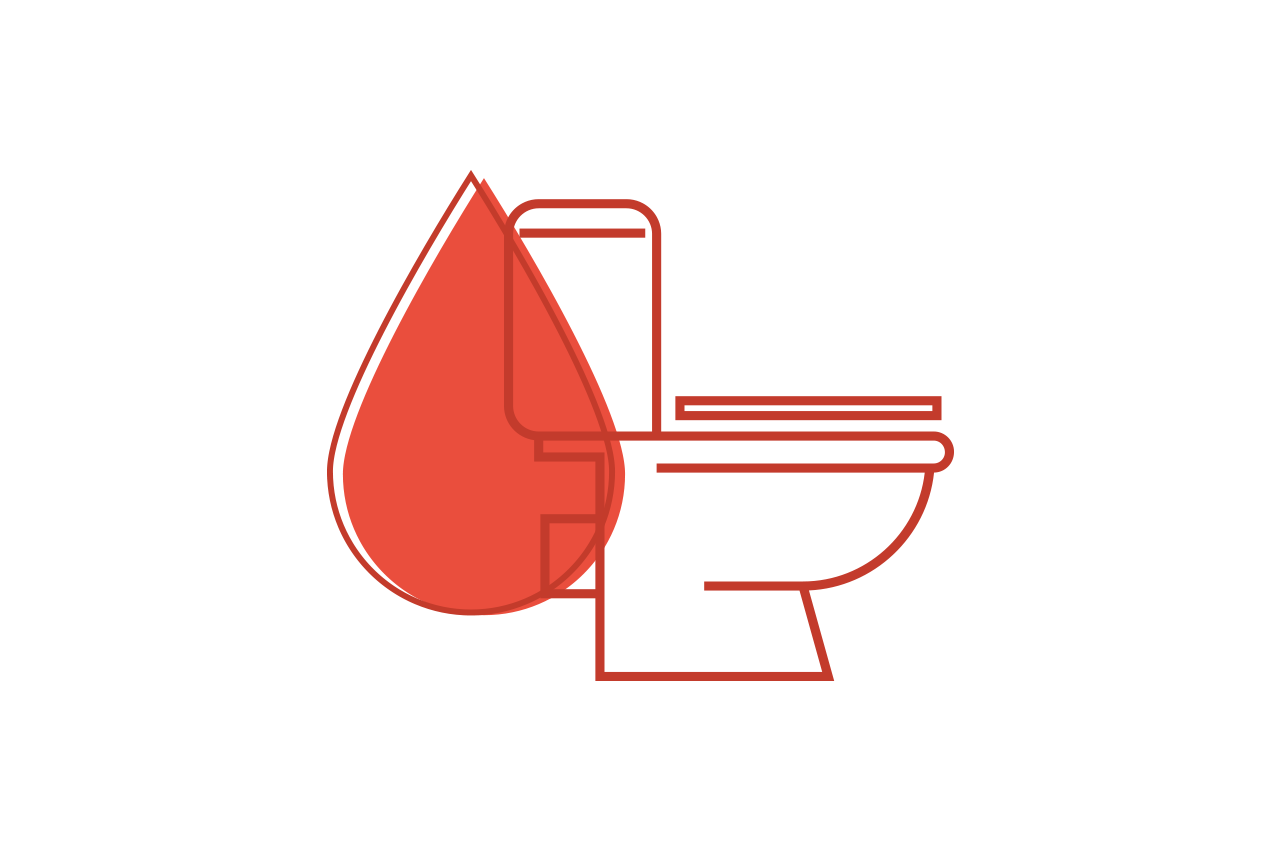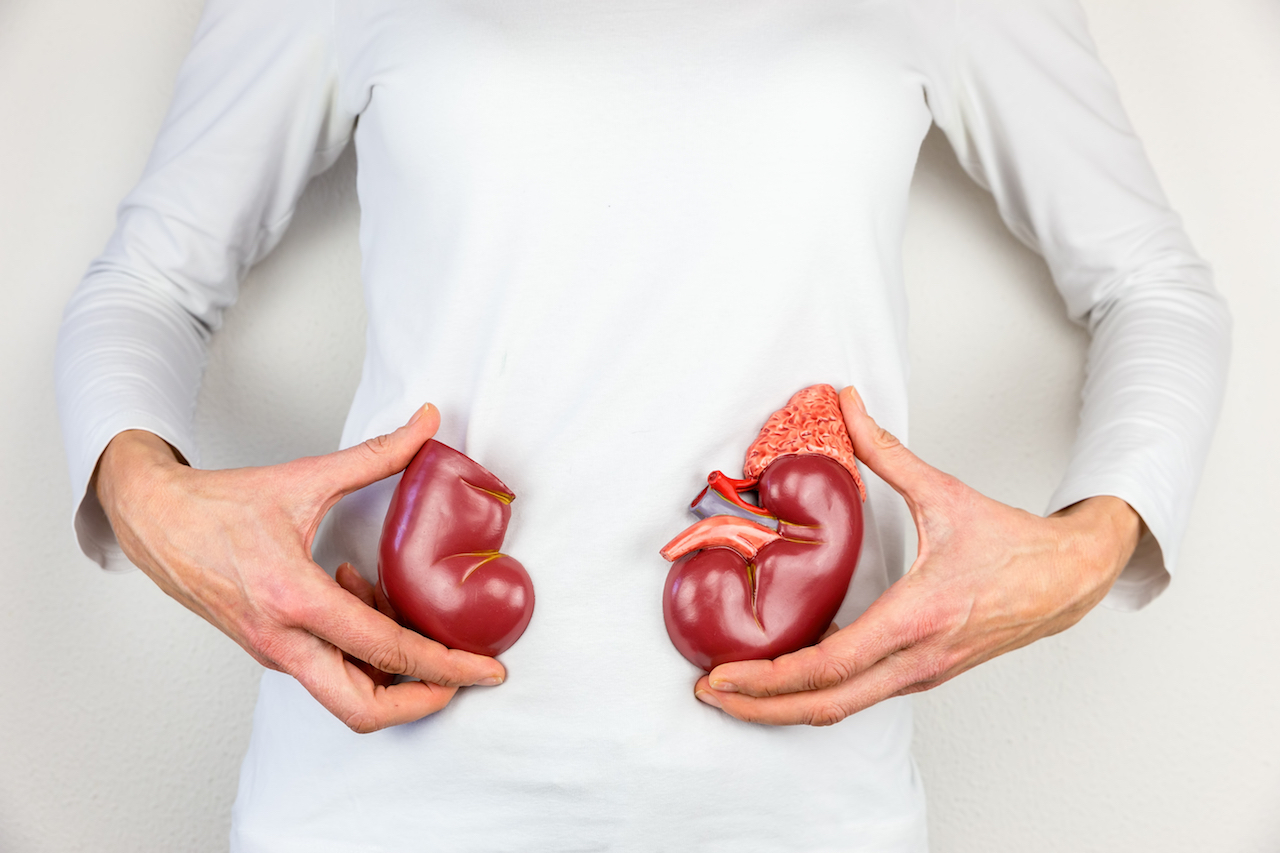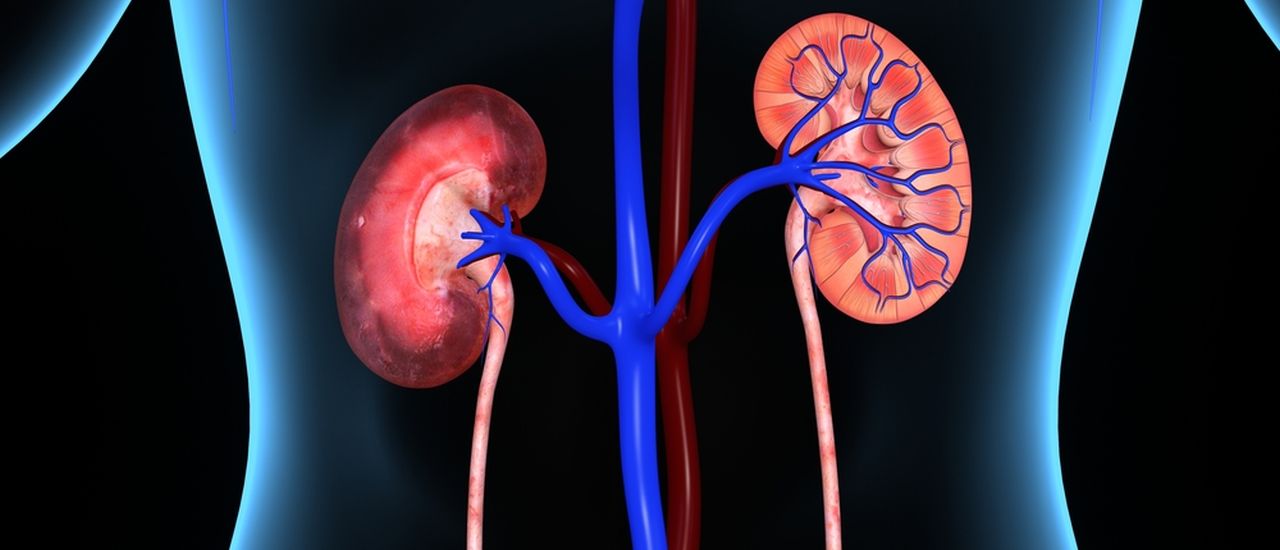Do you need to see the doctor if your pee has blood in it?
Unless you are a woman and are currently menstruating, the answer is Yes! it’s not normal to have blood in your pee.
The colour of your urine says a lot about your health. What’s more concerning is spotting blood in it which could appear red, maroon, pink, or like a dark, smoky colour.
Haematuria
Haematuria is what doctors call it when you have there’s blood in your urine. In rare cases, red urine may be caused by certain foods or medicines. You may or may not see blood clots and your doctor may want to test a sample of your urine to confirm that its red colour is caused by blood.
According to the US National Institute of Diabetes and Digestive and Kidney Diseases, there are two types of haematuria.
Gross haematuria: When you can actually see blood in your urine.
Microscopic haematuria: When the blood isn’t visible to the naked eye but can be detected under a microscope
Causes of blood in the urine
Haematuria happens when blood cells enter your kidney or urinary tract. This is commonly caused by a urinary tract infection. Certain kidney diseases, kidney stones and bladder tumours can also cause blood to appear in your urine.
Several problems can cause this leakage, which include:
Urinary tract infections: This happens when bacteria enter your body through the urethra (the tube that drains urine from the bladder) and multiply in your bladder. Symptoms can include a persistent urge to pee, pain and burning with urination, and extremely strong-smelling urine.
Kidney infections: This is when bacteria enter your kidneys from your bloodstream or move from your ureter (a tube that carries urine from the kidney to the urinary bladder) to your kidney. Signs and symptoms include a fever and discomfort in your upper stomach or back and sides.
A bladder or kidney stone: The minerals in concentrated urine sometimes form crystals on the walls of your kidneys or bladder. Over time, the crystals can become small, hard stones. The stones are generally painless, so you probably won’t know you have them unless they cause a blockage or start to move. Kidney stones are extremely painful and often cause bleeding.
Enlarged prostate: In men, the prostate gland is below the bladder and surrounds the top part of the urethra. It usually enlarges as men approach middle age. It then squeezes the urethra, which blocks urine flow. Signs and symptoms of an enlarged prostate include difficulty urinating, an urgent or persistent need to urinate, and either, visible or microscopic blood in the urine. A prostate infection can cause these same signs and symptoms.
Cancer: Visible urinary bleeding may be a sign of advanced kidney, bladder or prostate cancer. Unfortunately, you might not have signs or symptoms in the early stages, when these cancers are more treatable.
Diagnosis:
- A physical exam, where you’ll have a discussion with your doctor about your medical history.
- Urine tests. Even if your bleeding was discovered through urine testing (urinalysis), you’re likely to have another test to check if your urine still contains red blood cells. A urinalysis can also look for a urinary tract infection or minerals that cause kidney stones.
- Imaging tests. Usually, an imaging test is needed to find the cause of haematuria. Your doctor might recommend a CT or MRI scan or an ultrasound exam.
- Your doctor threads a narrow tube (fitted with a tiny camera) into your bladder to examine the bladder and urethra for signs of disease.
Treatment
Treatment will differ depending on what the cause of the bleeding is. Treatment for haematuria may involve taking antibiotics to clear up a urinary tract infection, prescription medication to shrink an enlarged prostate or shock wave therapy to break up bladder or kidney stones.
References:
- https://www.webmd.com/digestive-disorders/blood-in-urine-causes
- https://www.mayoclinic.org/diseases-conditions/blood-in-urine/symptoms-causes/syc-20353432
- https://www.medicinenet.com/blood_in_urine/article.htm#what_are_the_causes_of_blood_in_urine
- https://www.niddk.nih.gov/health-information/urologic-diseases/hematuria-blood-urine
- https://www.drugs.com/health-guide/hematuria.html



